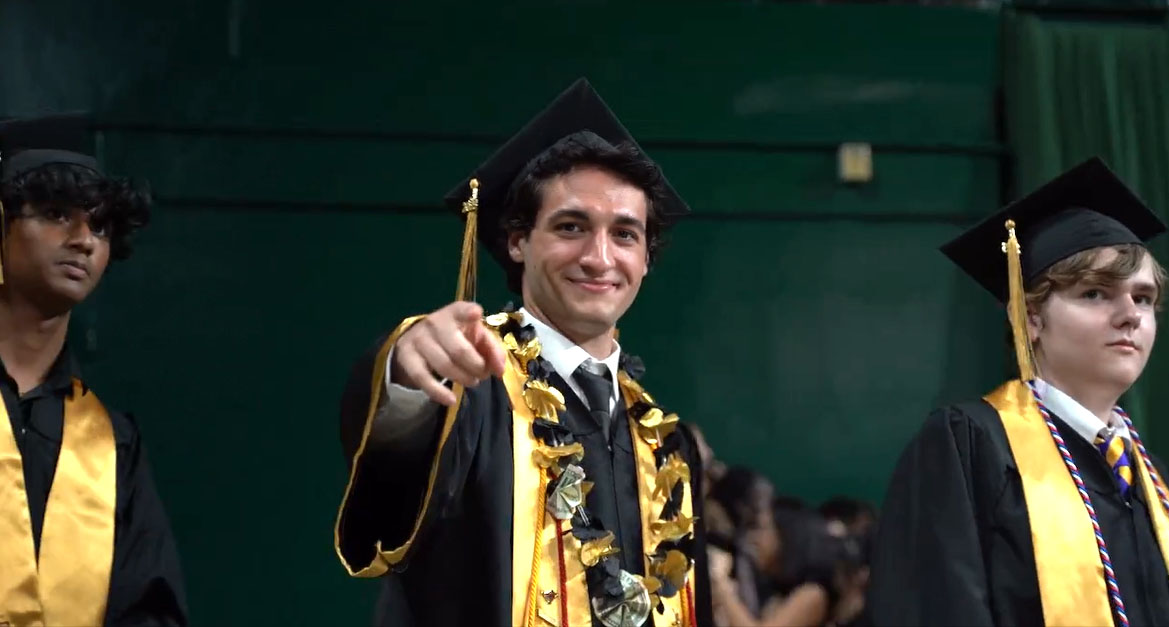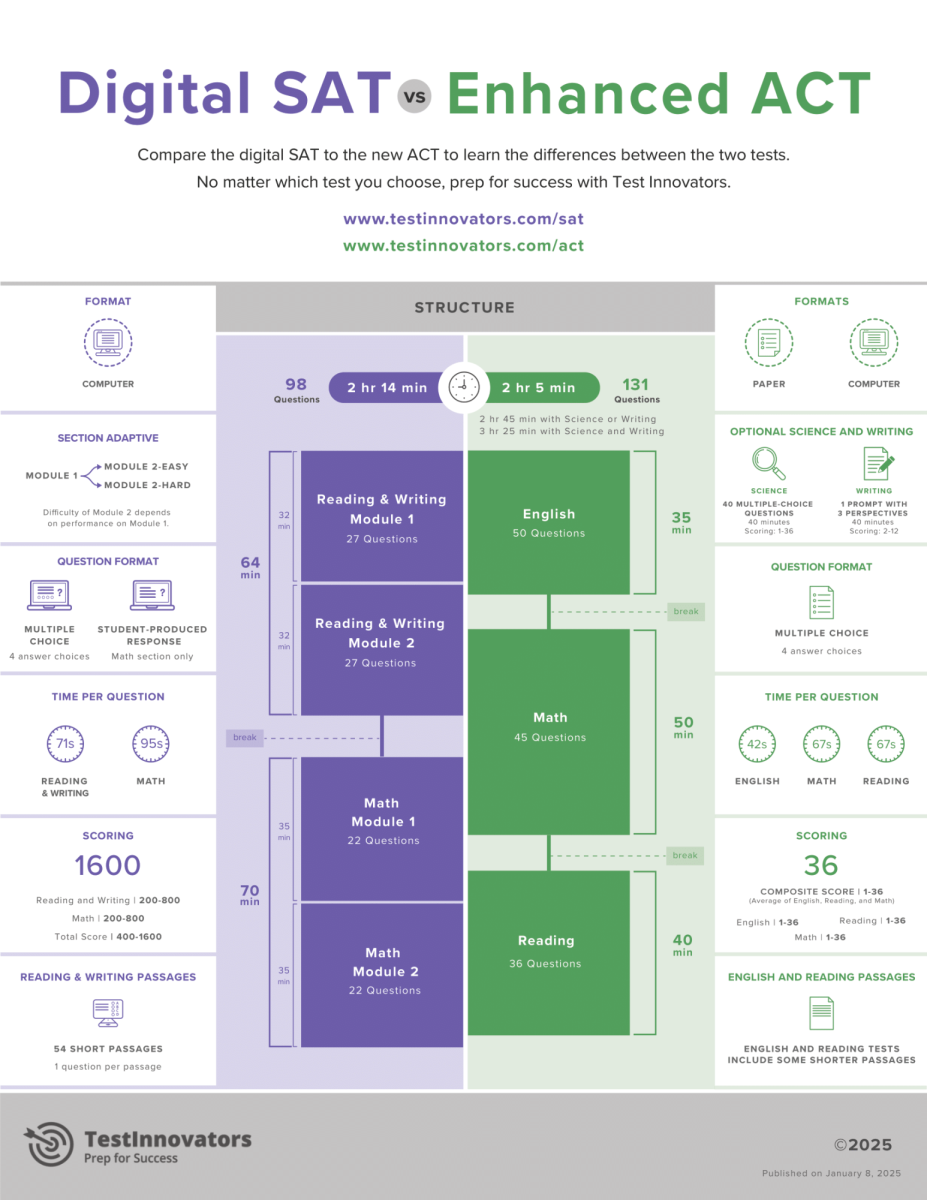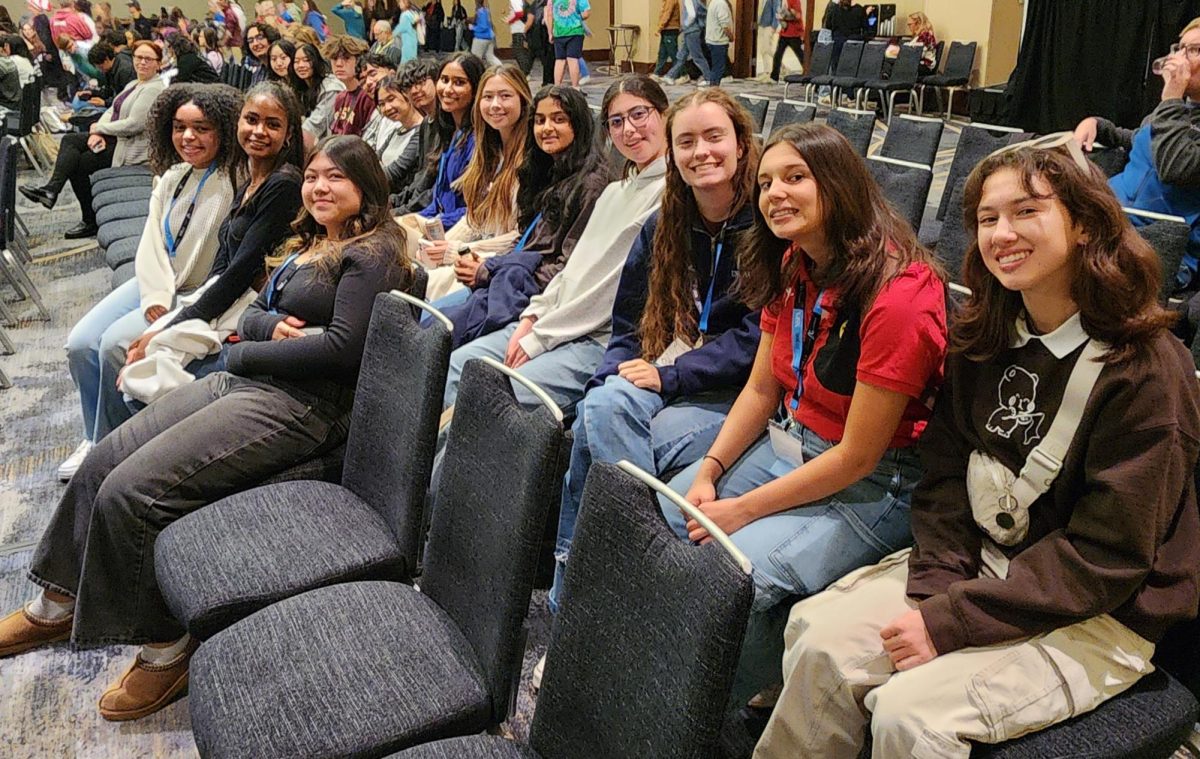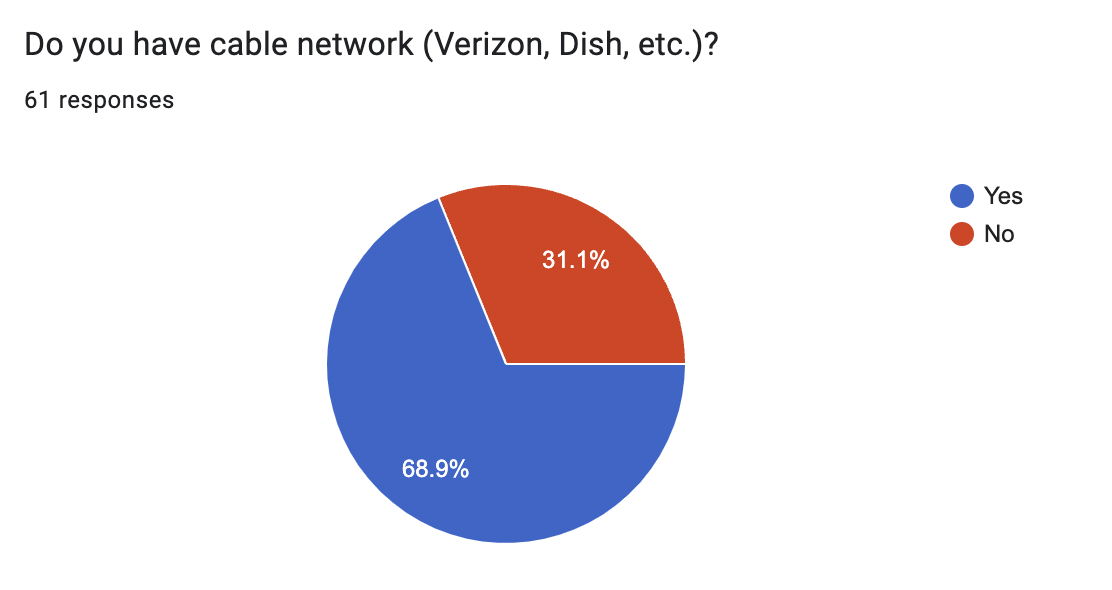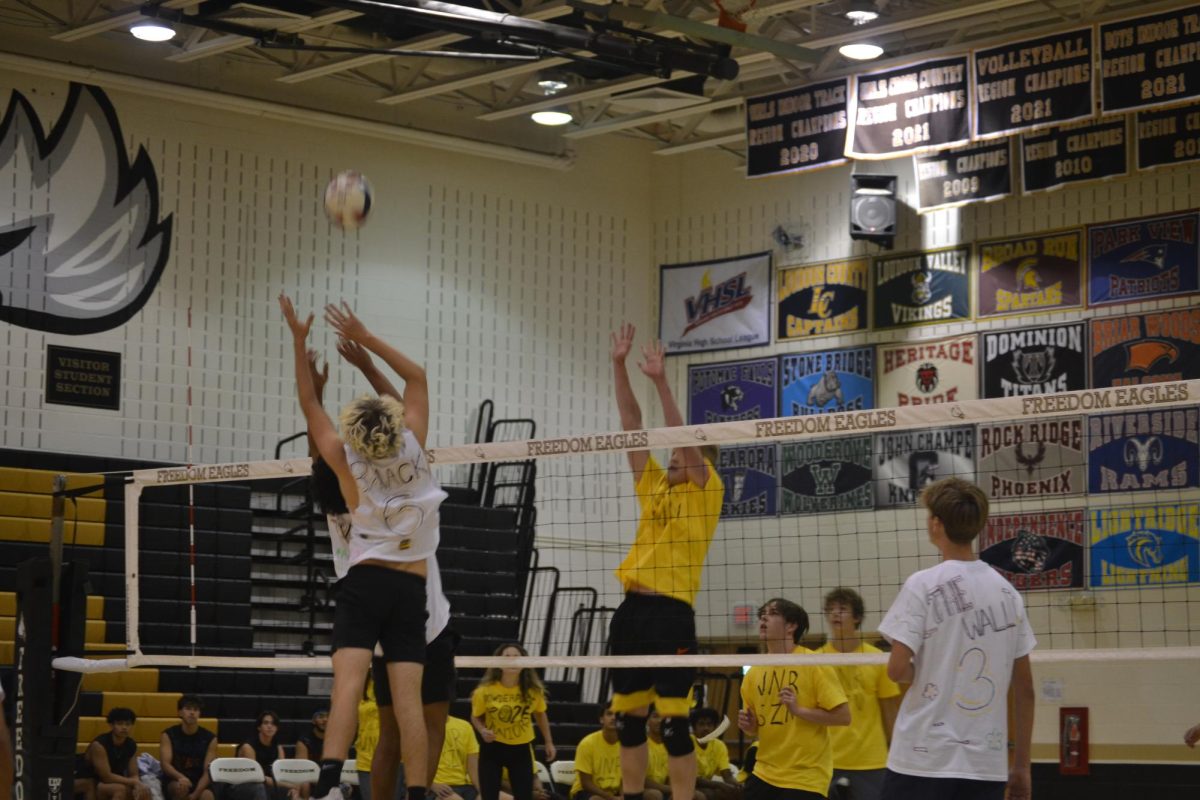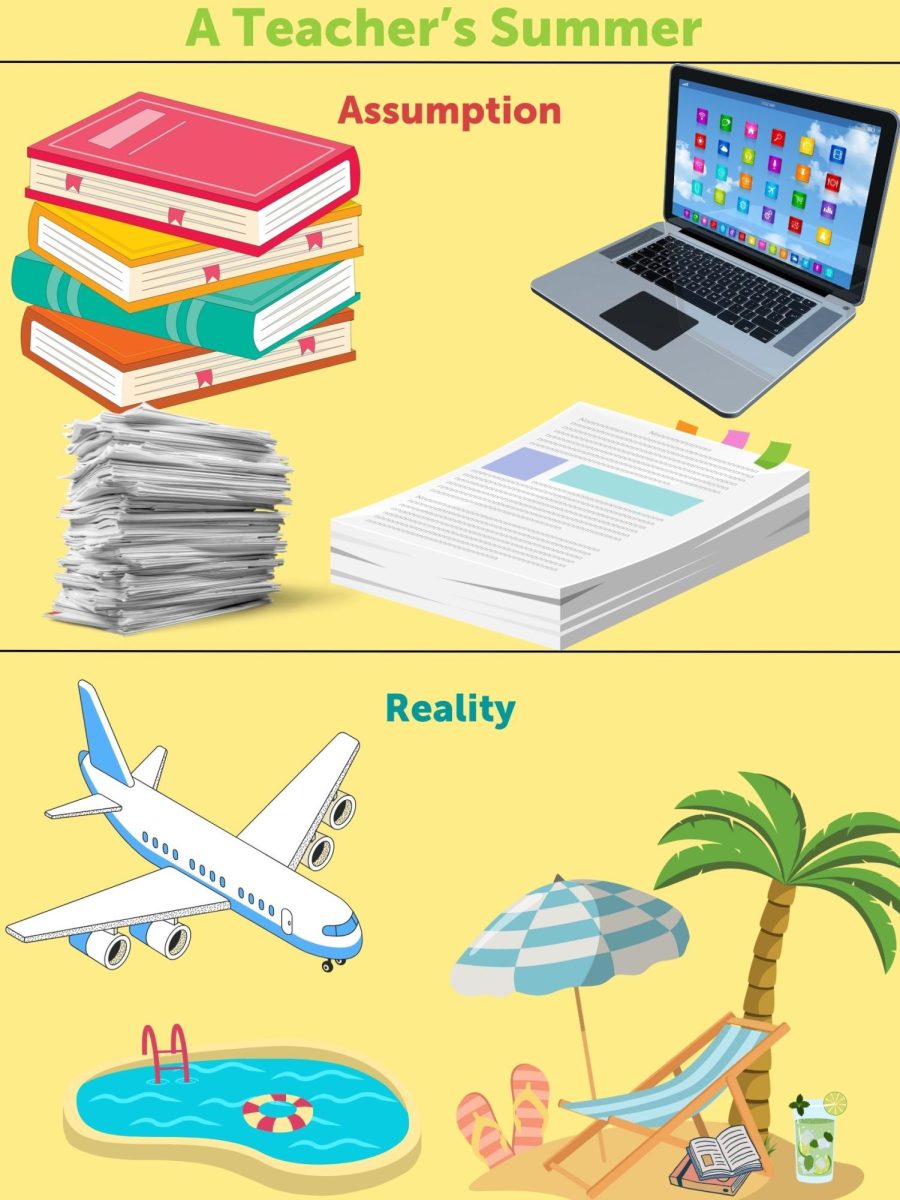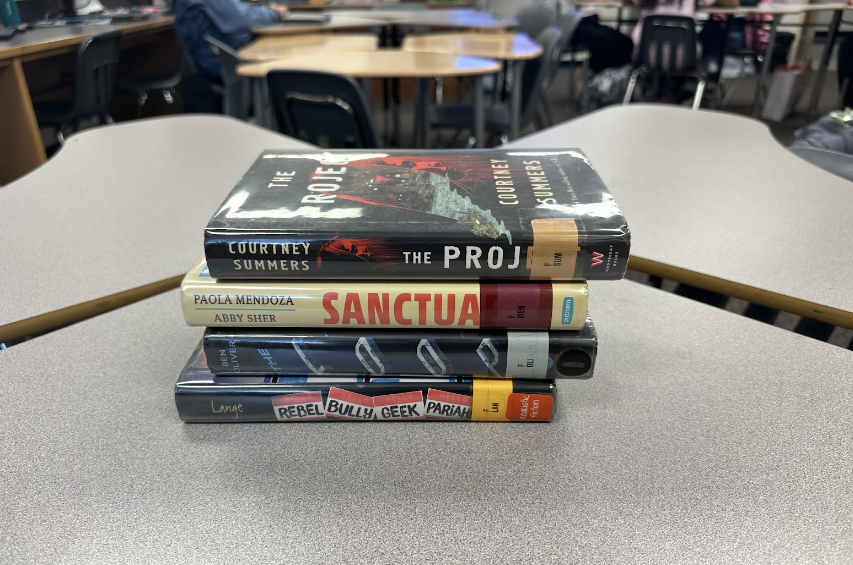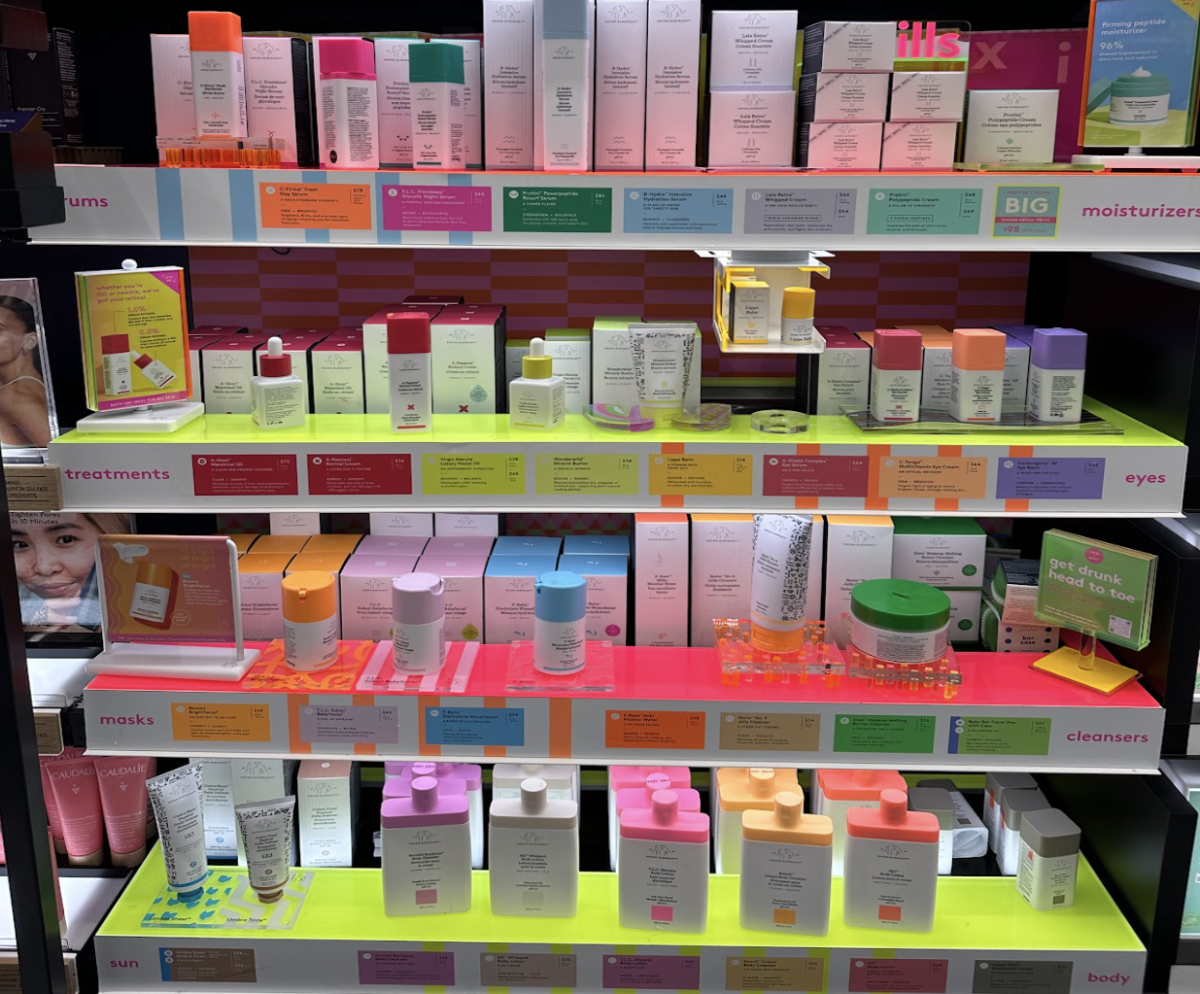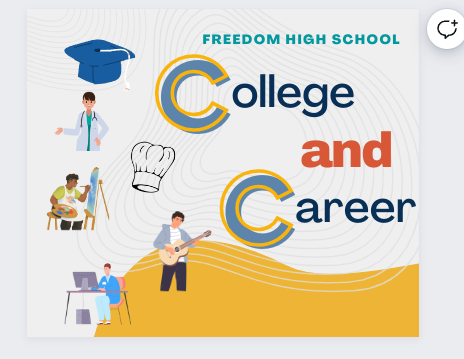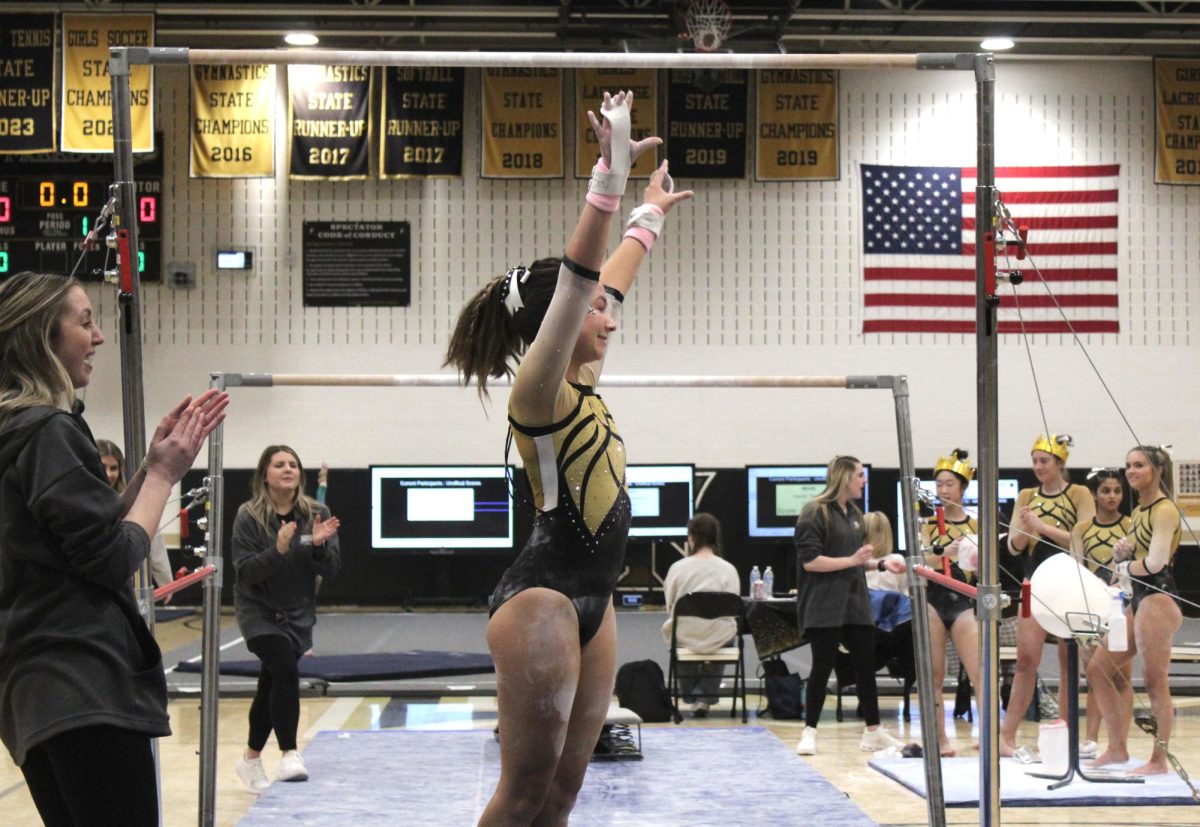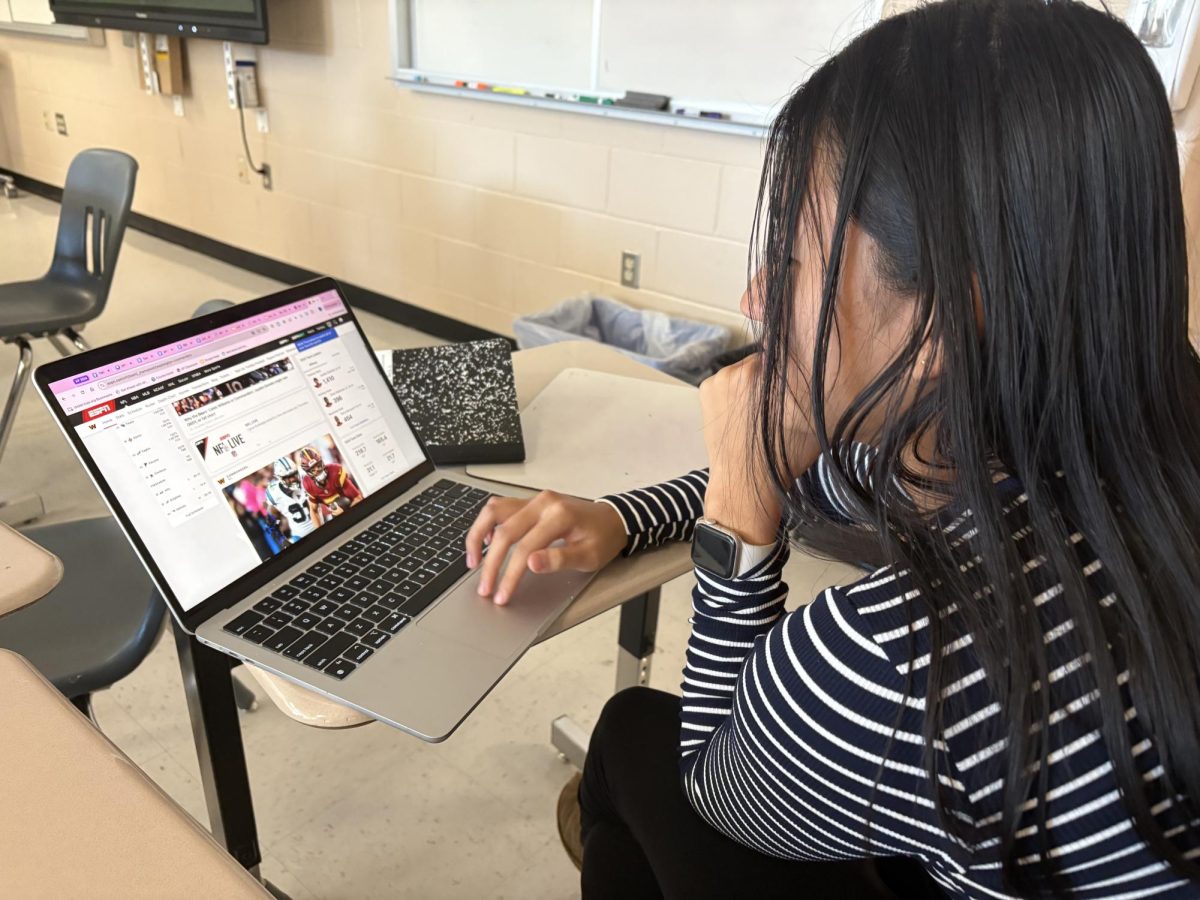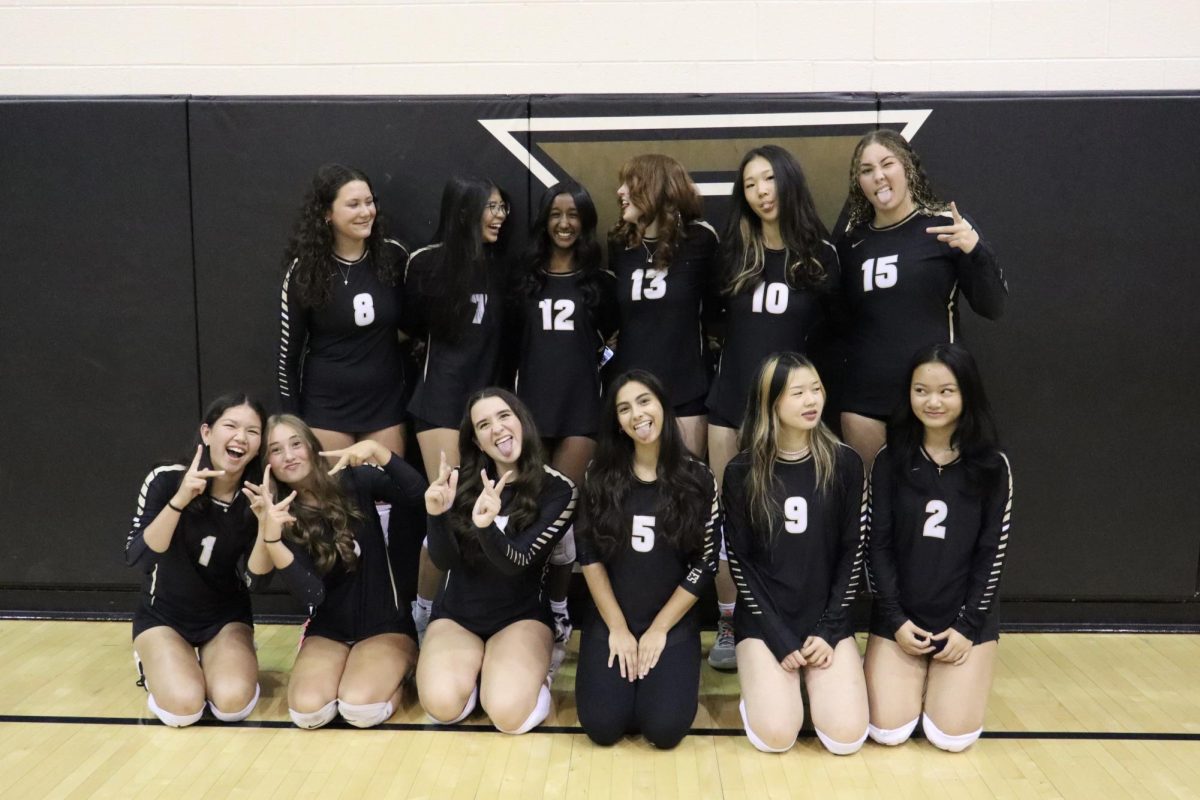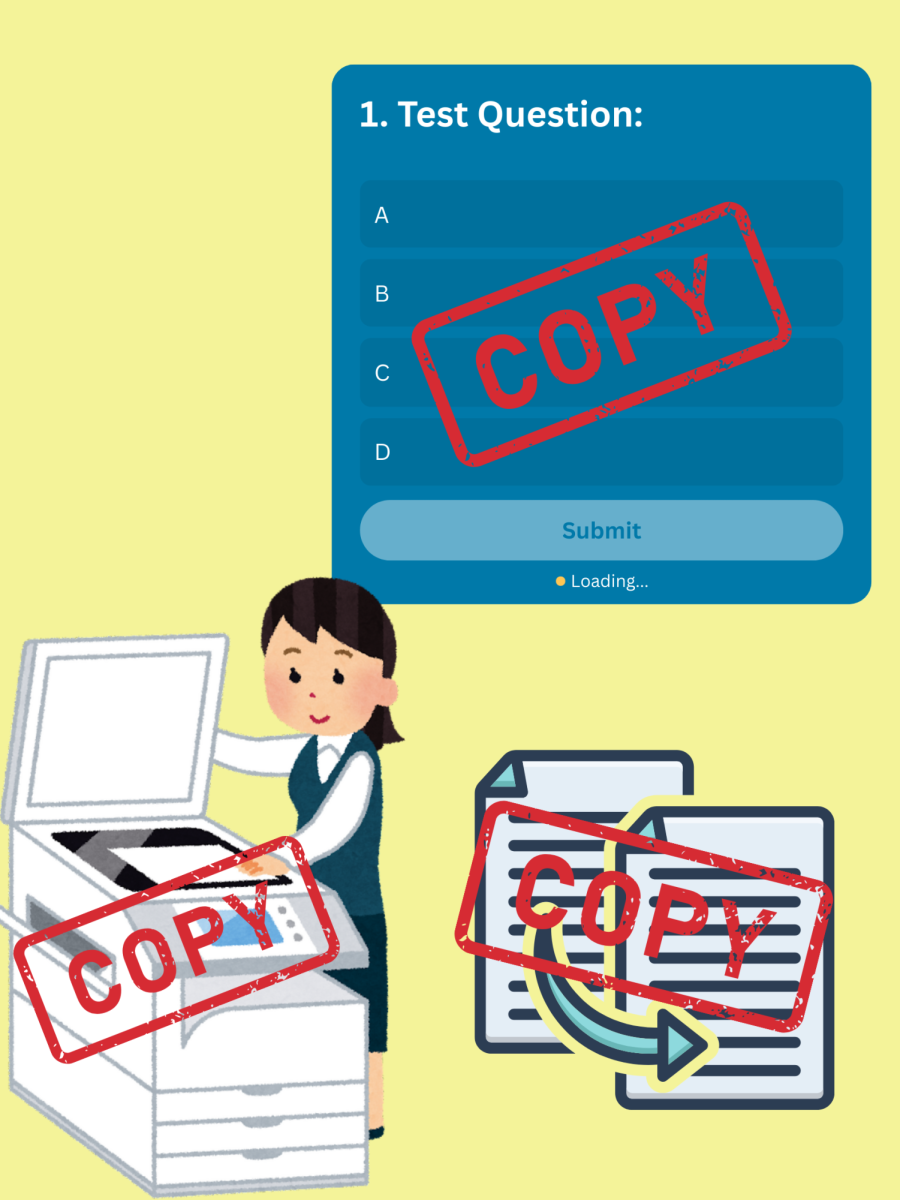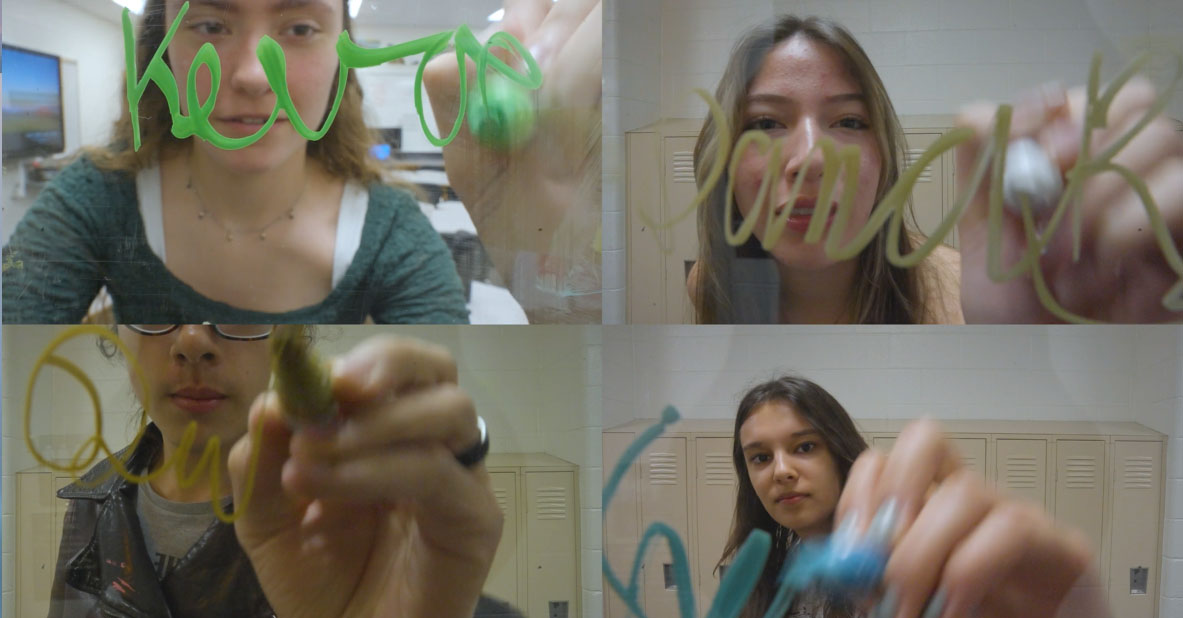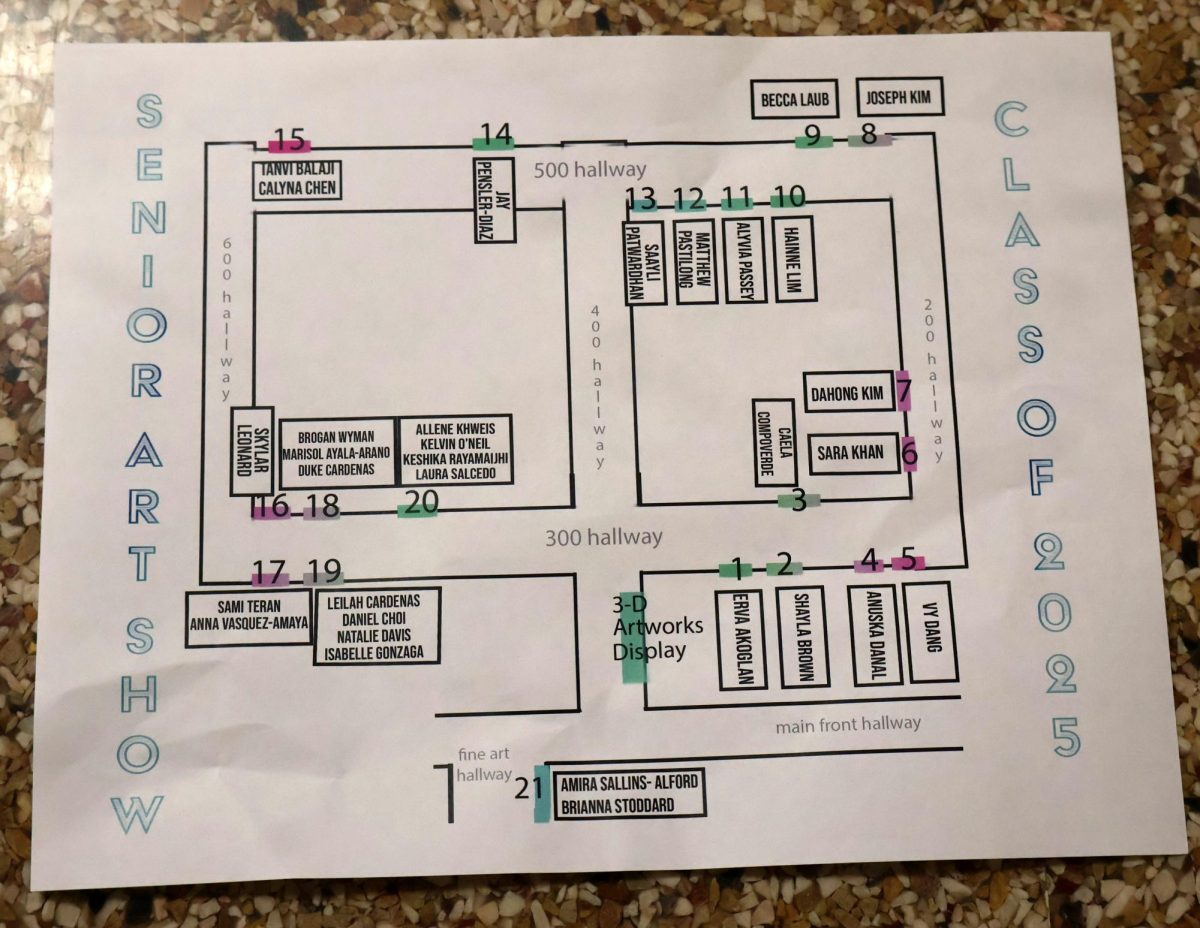Technology Impacts Students
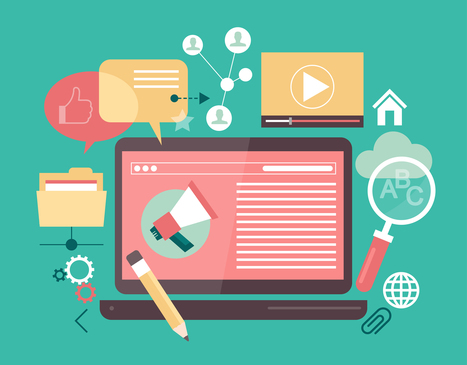
Picture provided by E-learning.
May 29, 2023
Numerous students spend most of their time on technology. Whether they are on it for school, scrolling on social media, watching tv, etc. The average screen time amount for students varies between 5-7 hours.
“[Screen time] 5-6 hours per day,” said freshman Rebecca Weathington.
Being on the screen all day can affect students in many ways. Most students agree that screen time can impact their daily life.
“It affects my daily life because that is how I connect to the world on a daily basis and to make connections,” said freshman Chelsea Van Baah.
Access to technology can make it easier for students to connect with their friends, family, and even teachers. It can also help strengthen relationships since they can communicate with people anytime.
“Screen time affects my daily life from doing chores and overall social activity,” said freshman Imogen Yabes.
Some students disagree because it can cause them to get distracted and forget about their responsibilities.
Technology can also affect students’ productivity and how well they can stay focused.
“It sometimes makes me more productive by giving me access to online resources, but it also sometimes results in distractions that reduce my productivity,” Weathington said.
Technology gives students more resources to explore when they are doing assignments, but it can also cause them to lose focus due to all the distractions that technology causes.
Since technology can affect students’ productivity, it can also affect their academic performance. Having technology all around students can cause them to spend excessive time on the internet without noticing.
“It can sometimes affect my academic performance because I might spend too much time on my phone or laptop and forget what my teacher was saying,” said Weathington.
Being around technology can distract students and make them forget what they learned in class, which might cause their grades to suffer.
Even though students’ grades can be impacted by technology, they have many ways to stay focused and ensure that does not happen. Some students ask their parents to take away their phones so they can focus better.
“I ask my parents to ground me at a certain time if work is not done,” Yabes said.
Other students put on some music or put away their phones for now.
“I usually put on some calming music or wait till I go on break to check my phone or other technology,” Weathington said.
Having access to technology also means that most students can access social media. Social media can negatively or positively influence students, depending on how they use it. Some students agree that social media negatively affects them since it decreases their attention span and focus.
“I think social media affects me negatively because it reduces my attention span and causes me to be distracted easily,” Weathington said.
Others agree that social media positively influences them and has many benefits.
“I think social media positively affects me because I can watch and make content I enjoy, and connect with people I care about, and learn new things and events around the world,” Van Baah said.
Social media can help students learn about new things and connect with others.
Technology has many downsides and benefits, but most students agree that they enjoy living in a period with technology.
“Honestly, I do enjoy it because it is now easier to access information, connect with people all over the world, and create new possibilities. Yes, there are many downsides, but there are many positives, too,” Van Baah said.
Students enjoy learning more about people and their opinions through technology.
“I do like living with technology and social media. It is easier to communicate with people. I like people sharing experiences, and I think it’s a good idea for others to see other opinions and stuff,” Yabes said.
Technology can have many positive effects and adverse effects on students. It all depends on how they use it.
